Dominique Ansel on his new bakery, the Cronut and not selling out
May 17, 2025, 10 a.m.
Papa d’Amour opens Thursday in Greenwich Village.
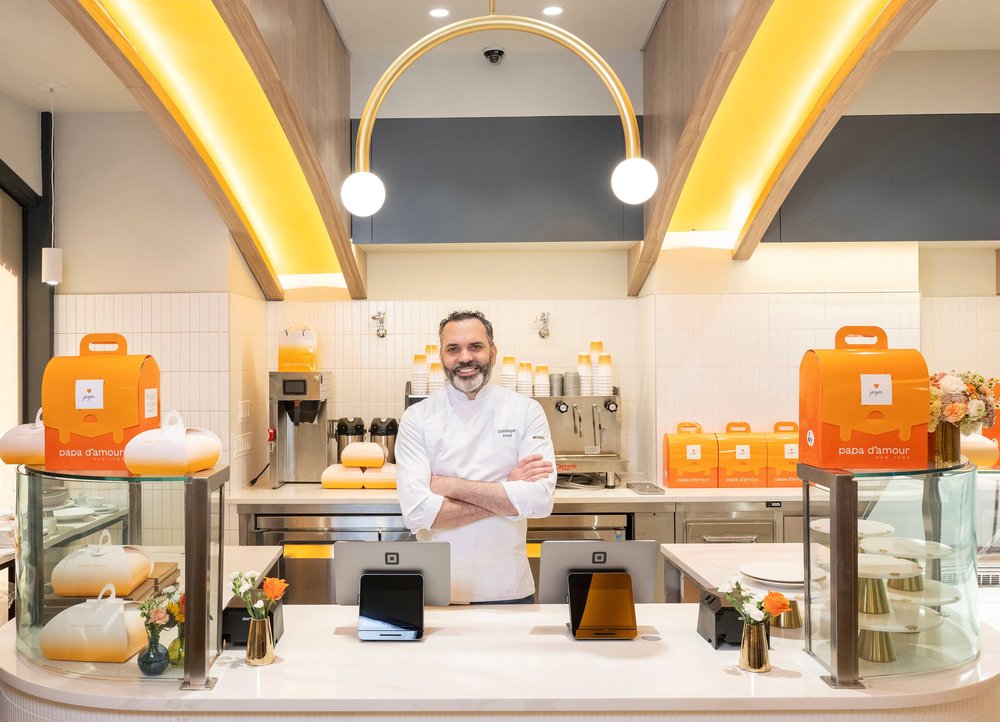
Celebrity pastry chef Dominique Ansel’s new French-Asian bakery opens Thursday in Greenwich Village.
The shop, called Papa d’Amour (French for “loving daddy”), is meant to honor the heritage of his Taiwanese wife and their kids. It's located at 64 University Pl.
“I think the beauty of it is embracing all the cultures and bringing them together to create something new,” said Ansel.
Papa d’Amour will feature treats such as a taro lace batter mochi donut (inspired by the dim sum staple, the taro puff), a scallion basil blossom with a flaky crust, fresh baked shokupan (Japanese milk bread), and egg tarts with crunchy pretzel salt in the crust.
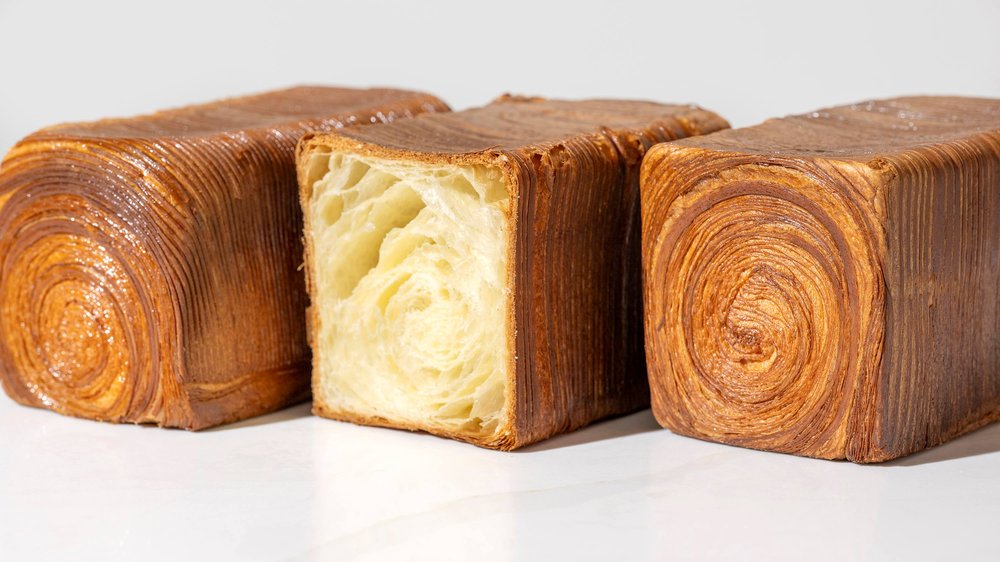
One thing it won’t feature: the Cronut, the donut-croissant hybrid Ansel invented in 2013. It's been a bestseller at his SoHo pastry shop ever since.
Ansel joined WNYC’s Alison Stewart to discuss building a baking empire, life after the Cronut and why bakeries are having a moment now in New York City. Below is an edited version of their conversation.
Alison Stewart: How is it going with the bakery? The opening is right around the corner.
Dominique Ansel: Yes, it's going well. Obviously, we can start feeling the pressure. We’re days away from opening. The team has been training for quite some time now. I've been working on the menu for almost a year. It's finally coming together. It's good to see. I can't wait to peel the paper off the window and let the light through and let people through to show a little bit what we've been working on.
You've been working on the menu for a year?
About a year, yes. It takes time, from thinking of the concept to, of course, physically building the shop, to testing the menu, sourcing the right equipment, hiring the staff. Actually, we've been working on this concept for close to two years now, altogether.
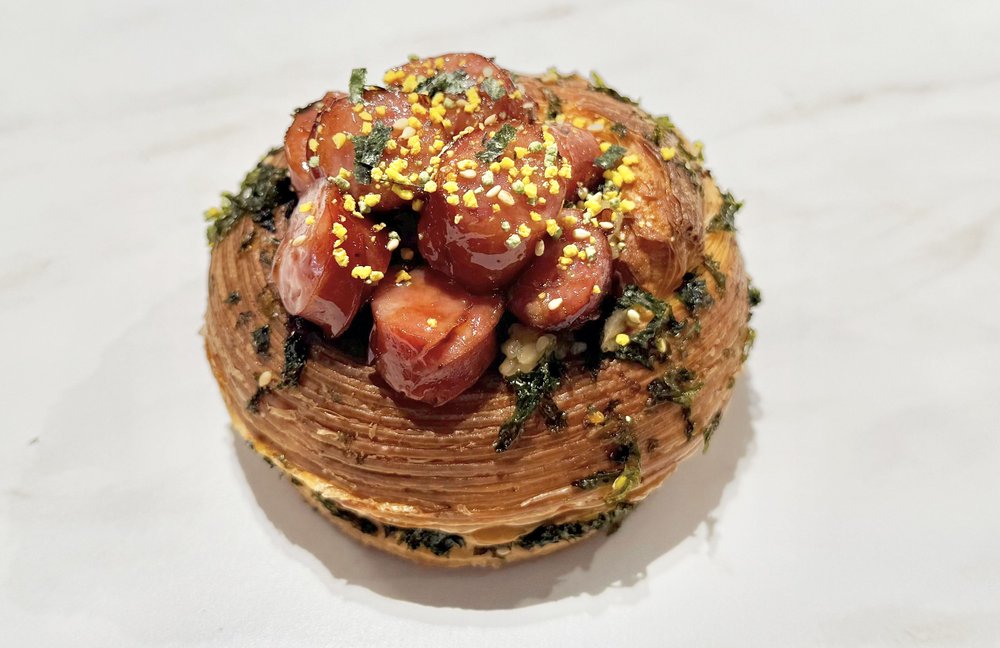
One of your websites has a quote from you that says, 'Don't let the creation kill the creativity.' What do you mean by that?
Well, that's something that I actually talked about when I created the Cronut. A lot of people were telling me to just to sell out, just to build factories and ship it all across the world, and I refused. I didn't want my creation to kill my creativity, so I wanted to make sure I could stay relevant and creative because this is who I am. This is what I like to do. I like to create new pastries. I like to create new experiences and share it with the world and to make sure that I stay true to who I am, to myself as a chef, as a creator.
You created the Cronut. You trademarked it in 2013, but your stores still carry different flavors of Cronuts every month. After all these years, do any particular flavors really stand out to you, and you think, 'Oh, that was a good one'?
That's a good question. We have, since the beginning, changed the flavor every single month, and we have never, ever repeated the same flavor. Altogether, I think we've created over 800 flavors of Cronut. It's a lot. It's challenging.
I think the one that resonates to me the most will always be the first one. It will always be a moment in time where that means something to me. It's definitely engraved in my memory.
It was rose and vanilla. It was created for Mother's Day and it was something that we're supposed to do just for the weekend. We put on the menu and by Day Three we had over 150 people waiting outside before we even opened the door.
Think about this: It was like 12 years ago — 12, 13, I don't count anymore. It was a long time ago, before the era of social media and the way it is now.
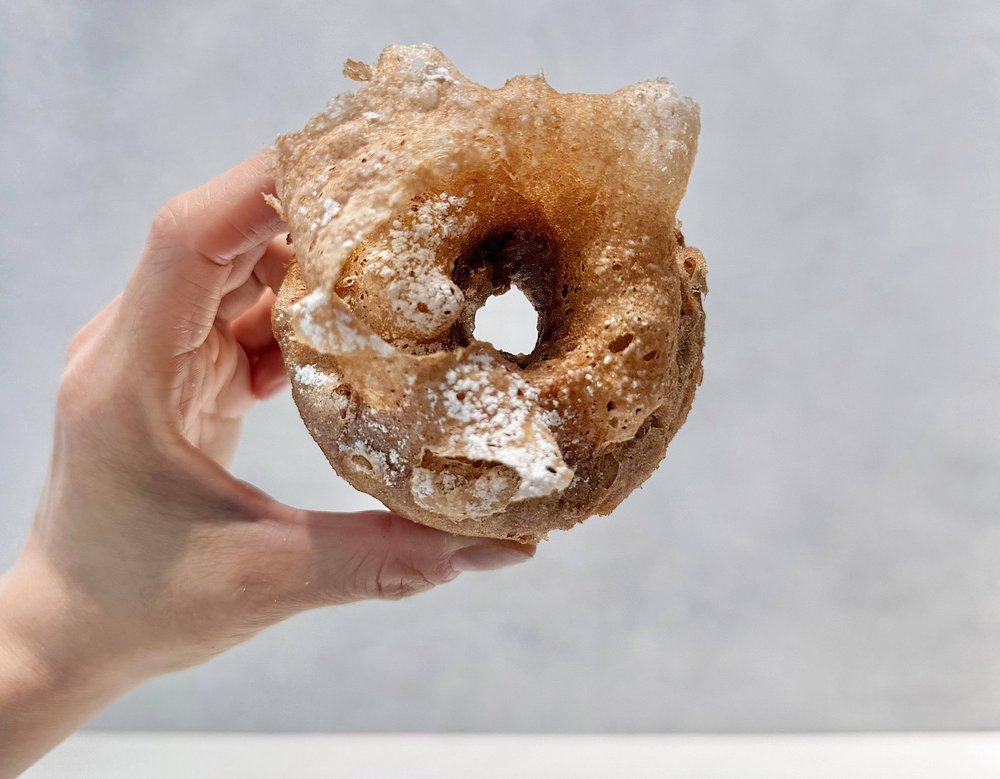
It's interesting because so many people would say, 'I did that. It's over.' It's like rock bands won't play their greatest hits, but you haven't walked away from the Cronut. Why not?
No, I mean, the Cronut is still here. We still sell out every single day, and then we've kept quality, creativity within the product. We kept the consistency. That's the most important for me. It's not about how many more you can sell, but how much more exciting can you make it, how much more different can you present it? Keeping the quality is also a challenge every single day, to make sure that we serve a high-quality product.
What drew you to becoming a pastry chef?
I think my mom was a terrible cook. She was really bad. She was really, really bad. Many, many times, I ended up in the kitchen, trying to serve dinner with my dad. The thing I will do, I will pull a recipe book, look through the recipe and see how to prepare food. At the time, I was very young. I was probably like 12 to 15. I was like, "OK., I guess I like being in kitchen. I like cooking."
While I left school at age of 15, I decided I want to be a chef. I didn't know much what I want to do. I didn't know that cooking was going to be something I want to do. I found a school. I went to culinary school while working. I did the apprenticeship, and I like it. The first year was tough. It was really tough.
What was tough?
I was a chef in a restaurant. I was not treated well. I was not shown or taught anything. It was 30 years ago in France. It was rough actually. I hated the first year. I didn't like it at all. Then, little by little, I met people who taught me, who showed me the right people to care for me and I started appreciating what I was doing. Having people around that show you and teach you, I think, is important.
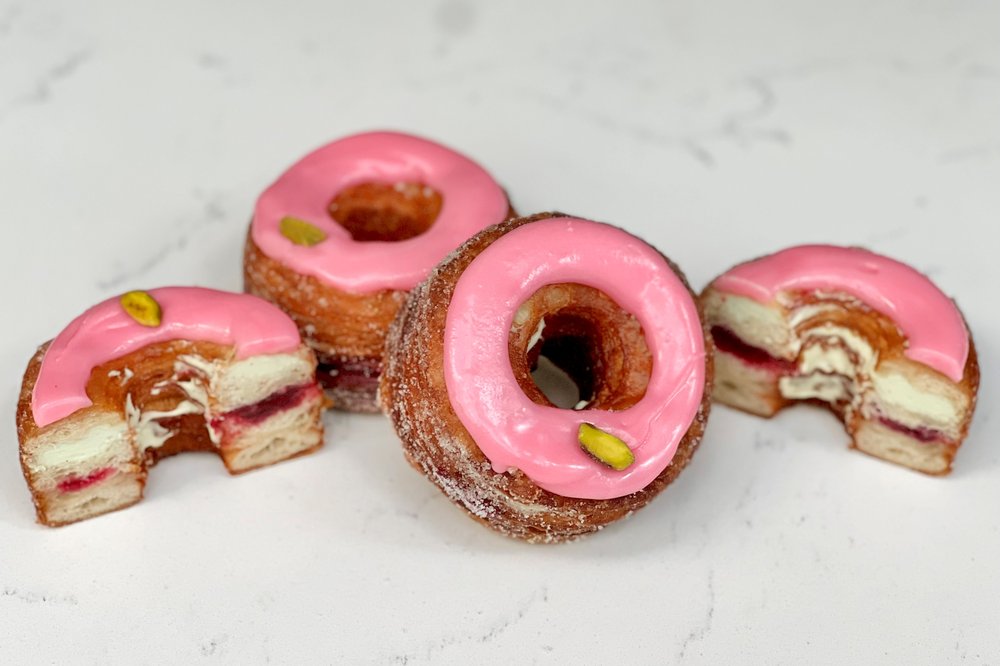
Dominique Ansel invented the Cronut in 2013.
That first year of being a chef where you didn't like must have taught you how to treat other people.
Absolutely. I promised myself this is exactly what I never want to do in the kitchen. When it comes to our kitchen, it's truly very carefully done. If they have any question, there's no silly question. Even if it's something very simple that I tell my chef 'you have done and you have repeated like 100,000 times, do it one more time for this person.' It can make a difference for the life of their career.
Bakeries are having a moment right now — long lines, people walking away. People wouldn't touch carbs four years ago. Now they're walking away with bags full. Why do you think bakeries are having this moment?
It's true. Probably the last five to 10 years, I would say, there's more and more bakeries in the city, and I am super excited about it. When people think, 'Oh, it's competition,' I think we're all different, different types of bakeries, different type of businesses. Obviously, there's room for everyone. You still have to mark yourself from the competition, but it's a healthy one, I think.
I think bakeries are more accessible than restaurants. After COVID, probably a lot of people don't want to sit down for a full meal or have changed their lifestyle to eat dinner earlier, to wake up earlier, and work out a little bit more, or working from home. A lot of habits have changed for sure. You can feel it, you can see it. A lot less people go to restaurants, sadly. I wish it was the other way.
But bakeries are still a quick, accessible type of business where you can grab something and go home with it. A lot of talented chefs have come up with cool concepts, comfortable places, good food, and that makes a difference.
In your new book, "Life's Sweetest Moments: Simple, Stunning Recipes and Their Heartwarming Stories," what is the simplest recipe that maybe will get someone back into baking?
There's a lot of simple recipes. The cookie is definitely one of them. It's a simple recipe that doesn't really fail. The cookie will be a good step to begin.
Papa d'Amour opens at 64 University Pl. on May 22.
NYC arts groups face ‘existential’ challenge with Trump cuts to federal funding 'Boss of the Carpenters' retires this weekend after 50 years building sets for SNL